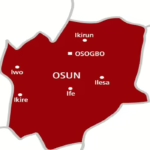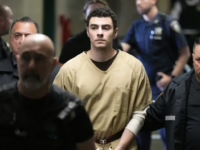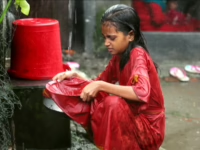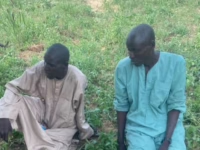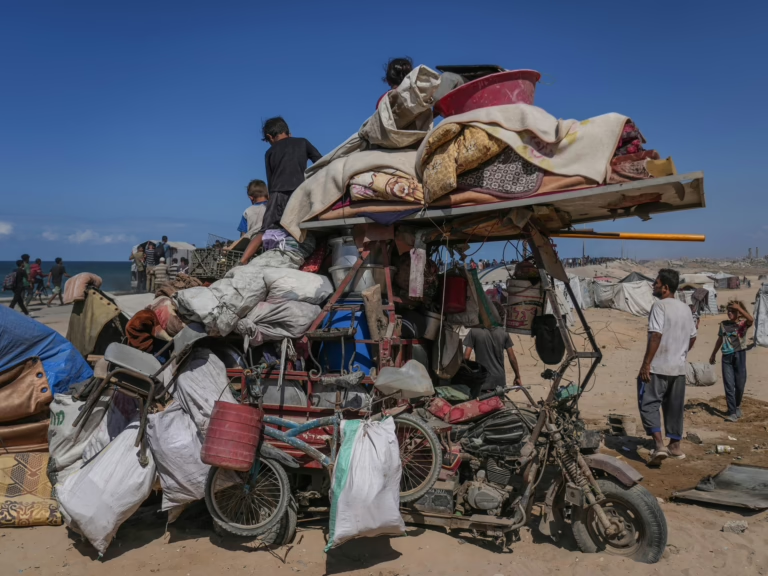Rescue teams have recovered the remains of 135 Palestinians from the debris scattered throughout the Gaza Strip, following a gaza-talks/” title=”Trump Blasts Netanyahu: "You're So F***ing Negative" During Intense … Talks”>temporary ceasefire that paused Israel’s prolonged and devastating military campaign. This pause enabled emergency responders to access and search the heavily damaged zones.
According to the Palestinian news outlet Wafa, these bodies were retrieved on Saturday alone.
Additional victims were brought to various medical facilities across Gaza, including 43 to al-Shifa Hospital and 60 to al-Ahli Arab Hospital in Gaza City. Other casualties arrived at hospitals in Nuseirat, Deir el-Balah, and Khan Younis.
Medical personnel also reported that 19 individuals lost their lives in Israeli air raids on Friday, with one more dying from previous wounds. Among the casualties were 16 members of the Ghaboun family, whose residence south of Gaza City was struck in the early morning hours. Other fatalities occurred in Sheikh Radwan and near Khan Younis.
It remains uncertain if any of these attacks took place after the ceasefire began at noon local time (09:00 GMT).
Returning to Devastation
As Israeli troops pulled back from certain areas of the shattered enclave and the coastal al-Rashid Street reopened, thousands of displaced Palestinians embarked on the arduous process of returning to the ruins of their former homes.
Al Jazeera correspondent Tareq Abu Azzoum, reporting from Nuseirat, depicted scenes filled with “families, elderly individuals, children, vehicles, and even donkey carts loaded with household belongings” making their way toward Gaza City. “People dismantled their temporary shelters to relocate them atop the rubble of their destroyed residences,” he explained.
Abu Azzoum emphasized that while this return is historic, it must be supported by tangible measures to ease the ongoing humanitarian crisis.
Gaza City lies in near-total ruin after relentless bombardment over several months. The city’s infrastructure is obliterated-there is no clean water, no electricity, and only the skeletal remains of homes stand.
“There is an immediate demand for temporary tents and mobile shelters to accommodate the families coming back,” reported Al Jazeera’s Moath Kahlout from Deir el-Balah. “With only their few possessions, they move forward into an uncertain future.”
Despite overwhelming loss, the determination of Palestinians to return remains unshaken.
Naim Irheem, packing his makeshift tent into his vehicle, shared with Al Jazeera: “I’m heading back to Gaza City even though living conditions are nonexistent-no infrastructure, no potable water. Everything is incredibly challenging, but we must go back.”
“My son was killed, and all my daughters were injured. Still, I want to return. We will set up a tent and live there, however we can,” he added.
For many, returning to Gaza City means confronting nothing but ashes and devastation. Yet Kahlout noted, “Palestinians have demonstrated extraordinary resilience through generations under occupation. Each step back is not merely a return but a powerful act of resistance and hope.”
Aisha Shamakh, another survivor of the conflict, expressed: “We want to see our homes, the ones destroyed at the war’s onset. Floors collapsed on our children, but I cannot fully describe the relief brought by the ceasefire.”
Life Amid Devastation
In Gaza City, Al Jazeera’s Ibrahim al-Khalil observed “faces marked by exhaustion, mingling sorrow with relief” as residents returned. “Many told me they are unsure if their homes still stand or have been reduced to rubble, yet they come back holding onto hope,” he said.
Ahmed Abu Shanab, who traveled northward, recounted to Al Jazeera: “We endured immense hardship. Space was scarce, and we barely found rest.”
Maryam Abu Jabal voiced a common fear: “We returned to uncertainty, not knowing if our homes remain intact. We pray that our house is still standing.”
Mohammed Sharaf, revisiting the devastated Sheikh Radwan neighborhood, reflected: “Everything has changed. We came back to a catastrophe beyond comprehension. We thought we’d be away for a short time, but now we return to find nothing.”
Even amidst death, grief, and destruction, the resolve to return powerfully symbolizes a people steadfast in their refusal to be erased or displaced from their homeland.



